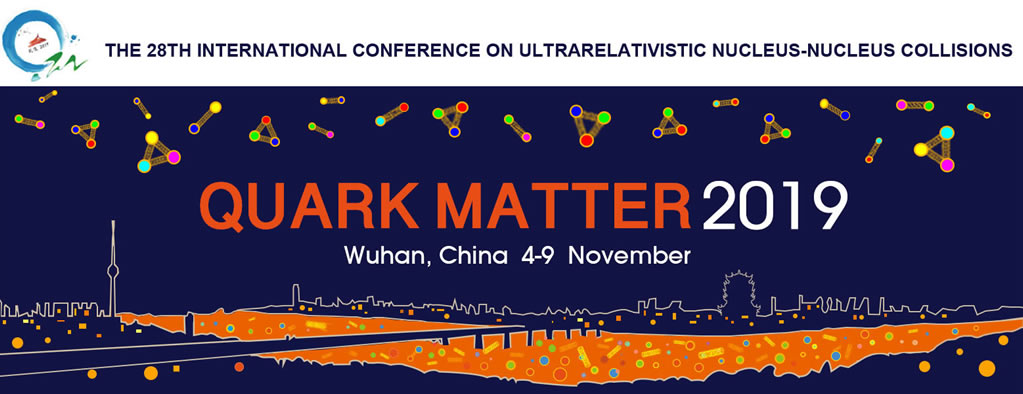Speaker
Description
The LIDO partonic transport model is used to study the evolution of hard partons inside the quark-gluon plasma produced in heavy-ion collisions.
The energy loss model includes scatterings between hard partons and the medium as well as inelastic (bremsstrahlung) processes.
Importantly, the model takes into account the finite formation time of parton bremsstrahlung, an essential ingredient for a realistic implementation of the Landau-Pomeranchuk-Migdal (LPM) effect in an evolving medium.
The model predictions in a static medium agree quantitatively with leading-order theoretical calculations. It also captures the qualitative features of bremsstrahlung in a finite-size and expanding medium.
The model with these features makes possible a more reliable space-time description of jet propagation in the quark-gluon plasma.
In a finite brick medium, early time splittings receive larger transverse-momentum broadening than those received by later time splittings.
To study such relation between momentum broadening and locations of splitting vertices in an event-by-event fluctuating and expanding medium, we look into the transport evolution history after calibrating the model to inclusive jet $R_{AA}$.
We demonstrate that the early/high-temperature regions of the medium can be probed by large-angle splittings, while small angle splittings are favorably produced at later times of the evolution.
We discuss how measurable quantities in jet experiments can help probe different space-time regions of the medium evolution.
